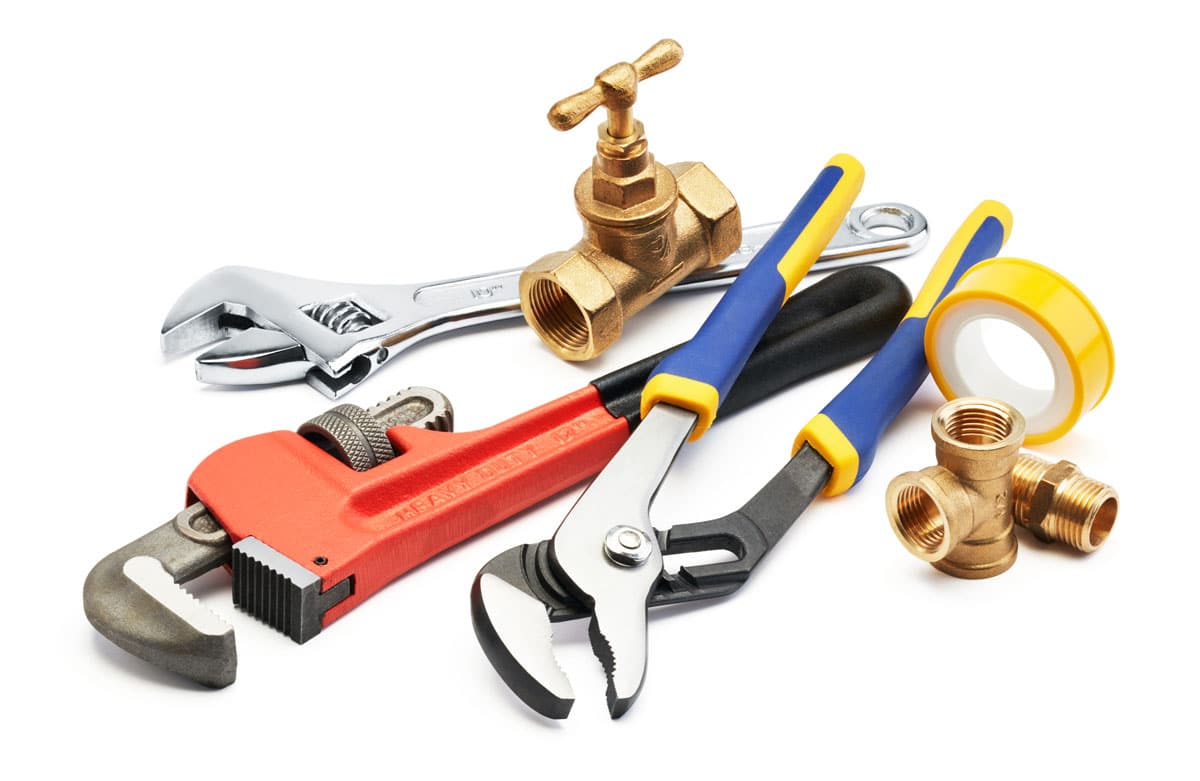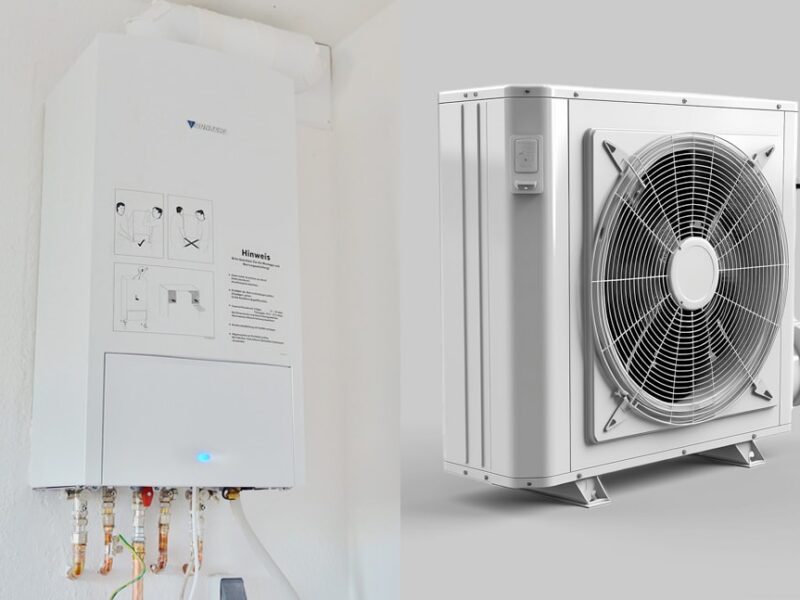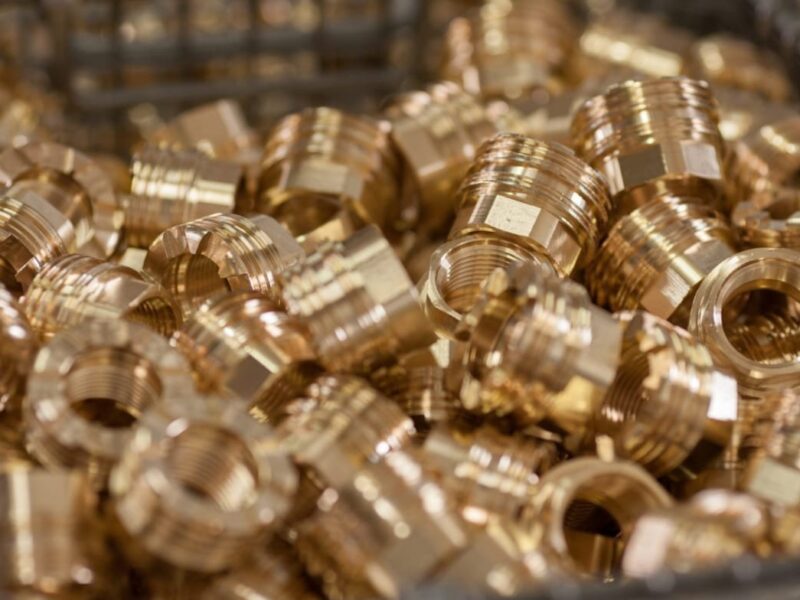Choosing the right piping material for new installations or replacements is crucial for ensuring the longevity, efficiency, and reliability of your plumbing system. Different materials come with unique properties, making them more or less suitable for various applications. Here’s an in-depth look at the most common piping materials, their pros and cons, and recommendations for specific uses, such as hot water lines, outdoor plumbing, and general household systems.
1. Copper Pipes
Overview: Copper has been a staple in plumbing for decades due to its durability and reliability. It is available in rigid and flexible forms, making it versatile for various applications.
Pros:
- Durable and Long-Lasting: Copper pipes can last 50 years or more when properly maintained.
- High-Temperature Tolerance: Ideal for hot water lines due to its ability to withstand high temperatures without degradation.
- Corrosion-Resistant: Copper does not rust and is resistant to many corrosive elements found in water.
- Bacteria-Resistant: Copper’s natural antimicrobial properties help maintain cleaner water.
Cons:
- High Cost: Copper is one of the more expensive piping options.
- Difficult Installation: Requires specialized skills and soldering, making installation more labor-intensive.
- Susceptible to Freezing: While durable, copper pipes can burst if water freezes inside them.
Best Applications:
- Hot Water Lines: Copper is an excellent choice for hot water lines due to its temperature resilience.
- Indoor Plumbing: Works well for both residential and commercial buildings where high durability is needed.
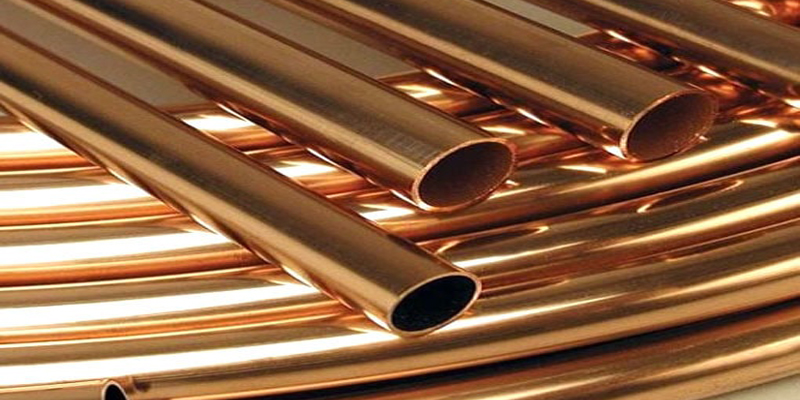
2. PEX (Cross-Linked Polyethylene) Pipes
Overview: PEX is a flexible plastic piping material that has become popular for both new installations and replacements due to its affordability and ease of use.
Pros:
- Flexible and Easy to Install: PEX can bend around corners without joints, simplifying installation and reducing potential leak points.
- Temperature Resistance: Can handle both hot and cold water applications effectively.
- Freeze-Resistant: PEX pipes can expand if water freezes, reducing the risk of bursting.
- Lower Cost: More affordable than copper and easier to install, which reduces labor costs.
Cons:
- UV Sensitivity: PEX should not be exposed to direct sunlight as it can degrade and become brittle.
- Potential Chemical Leaching: Although rare, some types of PEX can leach chemicals into the water.
- Limited Long-Term Data: PEX has not been used as long as copper, so its very long-term durability is less known.
Best Applications:
- Residential Plumbing: Suitable for whole-house plumbing systems.
- Hot and Cold Water Lines: Can be used for both, making it versatile for most home plumbing needs.
- Retrofit Projects: Its flexibility is perfect for retrofitting in older buildings with limited space.
3. PVC (Polyvinyl Chloride) Pipes
Overview: PVC is a durable plastic piping material commonly used for drainage and vent systems.
Pros:
- Inexpensive: One of the most budget-friendly options available.
- Lightweight: Easy to handle and install, reducing labor time and costs.
- Corrosion-Resistant: Does not rust or corrode, making it ideal for outdoor use and areas with harsh water conditions.
- Versatile: Available in various diameters and wall thicknesses.
Cons:
- Not Suitable for Hot Water: Can warp or degrade when used for hot water lines.
- Limited Temperature Tolerance: Only suitable for cold water applications or drainage.
- Brittle in Cold Weather: Can become brittle and crack in freezing temperatures.
Best Applications:
- Cold Water Lines: Works well for supply lines that only carry cold water.
- Outdoor Plumbing: Suitable for irrigation systems and garden plumbing.
- Drainage Systems: Commonly used for sewer and vent lines.
4. CPVC (Chlorinated Polyvinyl Chloride) Pipes
Overview: CPVC is a variation of PVC that has been treated to withstand higher temperatures, making it more versatile.
Pros:
- Higher Temperature Tolerance: Can be used for hot water lines without warping.
- Affordable: Less expensive than copper while offering better temperature resilience than standard PVC.
- Corrosion-Resistant: Resistant to corrosion and chemical damage.
Cons:
- Brittle Over Time: Can become brittle and crack with age or under extreme cold.
- Chemical Sensitivity: CPVC can react with certain chemicals, so it’s important to ensure compatibility with your water supply.
- Installation Limitations: Requires specific adhesives and is more complex to join than PEX.
Best Applications:
- Hot and Cold Water Lines: Works well for indoor plumbing systems where temperature resilience is needed.
- Retrofit Applications: A good choice for updating existing plumbing where higher temperatures are required.
5. Galvanized Steel Pipes
Overview: Once a common choice for plumbing, galvanized steel pipes are now less favored due to advancements in other materials.
Pros:
- Strong and Durable: Provides good resistance to physical damage.
- Corrosion-Resistant Coating: The zinc coating helps prevent rust.
Cons:
- Corrosion Over Time: The inside of galvanized pipes can corrode over time, leading to reduced water flow and potential contamination.
- Heavy: More difficult to work with compared to modern piping materials.
- Limited Lifespan: Often replaced in older homes due to corrosion and potential lead contamination.

Best Applications:
- Outdoor Plumbing: Sometimes used for outdoor plumbing in older homes but is now mostly replaced with more modern options.
- Temporary Solutions: May be used for short-term projects where cost and durability outweigh long-term concerns.
Choosing the Best Piping Material for Your Needs
Hot Water Lines:
- Best Options: Copper and CPVC. Copper offers unmatched heat resistance and longevity, while CPVC is a cost-effective alternative.
- Considerations: PEX is also a good choice for hot water lines due to its flexibility and temperature tolerance.
Outdoor Plumbing:
- Best Options: PVC and galvanized steel for basic outdoor uses. For irrigation systems, PVC is ideal due to its low cost and resistance to corrosion.
- Considerations: Avoid PEX for exposed outdoor applications due to its UV sensitivity.
General Indoor Plumbing:
- Best Options: PEX and copper are both reliable choices. PEX is easier to install and more affordable, while copper is more durable and resistant to heat.
- Considerations: CPVC is a good middle ground, offering temperature tolerance at a lower cost than copper.
Drainage Systems:
- Best Options: PVC is the go-to choice for drainage, venting, and sewage lines due to its lightweight nature and cost-effectiveness.
- Considerations: CPVC can be used if a higher temperature tolerance is needed.
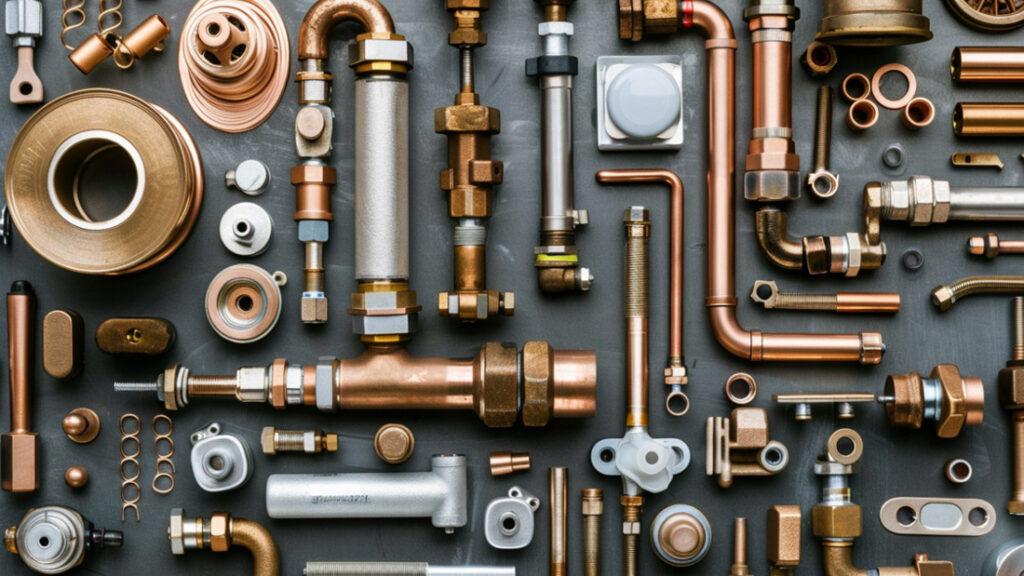
Conclusion
Selecting the best piping material for new installations or replacements depends on the specific needs of your plumbing system, budget, and application. Copper remains the gold standard for durability and heat tolerance, while PEX offers flexibility and cost savings for general plumbing. PVC and CPVC are excellent choices for cold water lines and drainage, with CPVC providing additional temperature resilience. Understanding the pros and cons of each material helps ensure that you choose the best option for reliable, efficient, and cost-effective plumbing.
